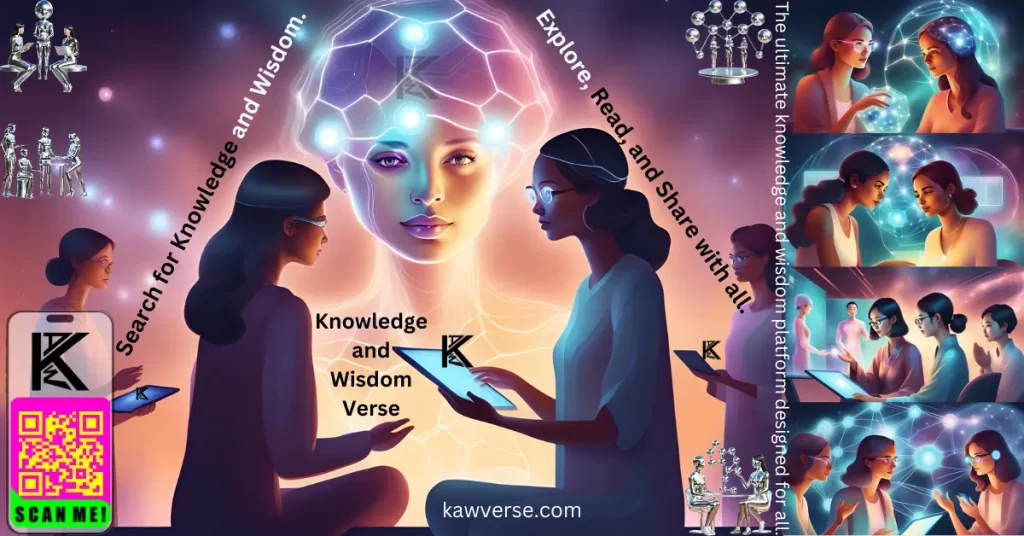The letter W, the 23rd letter in the English alphabet, holds a fascinating place in the world of language, communication, and symbolism. Whether you’re a linguist, a typography enthusiast, or simply curious about the intricacies of the English language, understanding W is both intriguing and enlightening. This article delves deep into the origins, significance, and applications of the letter W, offering insights for beginners and experts alike.
Benefits of Reading This Article
By reading this guide, you will:
- Gain an in-depth understanding of the letter W’s history and origins.
- Explore real-world applications and practical uses of W.
- Discover its relevance in communication, technology, and culture.
- Access expert insights and actionable advice.
- Enhance your knowledge in a user-friendly, inclusive format.
What Is the Letter W?
The letter W is a consonant in the modern English alphabet and the ISO basic Latin alphabet. Pronounced as “double-u,” it represents sounds such as the voiced labio-velar approximant /w/ in English words like “water” and “welcome.”
Origins and Evolution
The history of W traces back to ancient Rome, where the Latin alphabet did not initially include it. Instead, the letter U, derived from the Greek upsilon, was doubled (UU) to represent sounds not covered by V. This visual and phonetic evolution eventually led to the distinct W form.
Comparative Insights
W’s unique pronunciation and visual form set it apart from other alphabetic characters. Unlike most letters, it has a name that directly references its shape—a “double U.” Other languages often adapt this sound in distinctive ways, further showcasing its linguistic versatility.
Who Should Read This Article?
This article is designed for:
- Students and Learners: Explore foundational knowledge about the letter W.
- Linguists and Researchers: Delve into its phonetic and historical aspects.
- Educators: Use this resource to teach students about alphabets.
- Typography Enthusiasts: Appreciate the aesthetic and design elements of W.
- Curious Minds: Anyone interested in the nuances of language and symbols.
Applications and Real-World Use Cases
The letter W plays a critical role across various fields:
1. Language and Communication
- Written Communication: W is central to constructing countless English words, such as “world” and “wonder.”
- Speech: Its voiced approximant sound enriches spoken languages.
2. Technology
- Web Addresses: Think “www,” short for “World Wide Web,” an indispensable part of modern digital communication.
- Programming: W appears in syntax and programming languages, like Python and Java.
3. Cultural Representation
- Branding and Logos: Companies like Warner Bros. and Wikipedia use W for brand recognition.
- Symbols: In mathematics, W denotes Lambert’s W function and other specific concepts.
Why Is W Important Today?
Linguistic Relevance
W contributes significantly to phonetics and word formation in English and other languages. Without it, we’d lack many essential words.
Digital Importance
With the digital age, W’s importance skyrocketed due to its association with the internet and coding.
Cultural Impact
From literature to media, W symbolizes unity (as in “double”) and continuity, reflected in its shape and usage.
Types and Subtopics Related to W
- Phonetics and Pronunciation
- The /w/ sound in English.
- Variations in other languages, like French’s soft “v” sound.
- Typography
- Styles of W in different typefaces.
- Its symmetrical aesthetics in graphic design.
- Symbolism
- W as an abbreviation (e.g., “west”).
- Its use in logos and branding.
- Emerging Trends
- W in AI-driven text recognition.
- Its digital applications in emojis and internet slang.
Key Takeaways
- W has a rich history rooted in linguistic evolution.
- It plays a vital role in language, technology, and culture.
- Its applications span from daily communication to advanced mathematics.
Frequently Asked Questions (FAQs)
1. Why is W called “double-u”?
The name originates from its historical representation as a doubled version of the letter U.
2. How is W pronounced in other languages?
In German, W sounds like the English V. In French, it’s often pronounced as a soft “v” sound.
3. What are some fun facts about W?
- W is the only English letter with more than one syllable in its name.
- It was officially added to the English alphabet in the 7th century.
4. Where is W used most in technology?
W is prominent in web-related contexts, such as “www,” and in programming languages.
Next Steps and Future Directions
To further explore the letter W:
- Study its role in phonetics by comparing its sounds across languages.
- Dive into typography to appreciate its design versatility.
- Examine its digital applications, from coding to AI.
Looking ahead, W’s importance will continue to grow in fields like AI-driven linguistics and digital communication, making it a cornerstone of innovation.
Conclusion
The letter W is more than just a character in the alphabet; it’s a bridge between history, language, and technology. Its significance spans centuries and disciplines, offering endless opportunities for exploration and appreciation. As we continue to innovate and communicate, W remains a steadfast symbol of connection and creativity. Embrace its versatility, and let it inspire your linguistic and intellectual pursuits.


Leave a Reply
You must be logged in to post a comment.